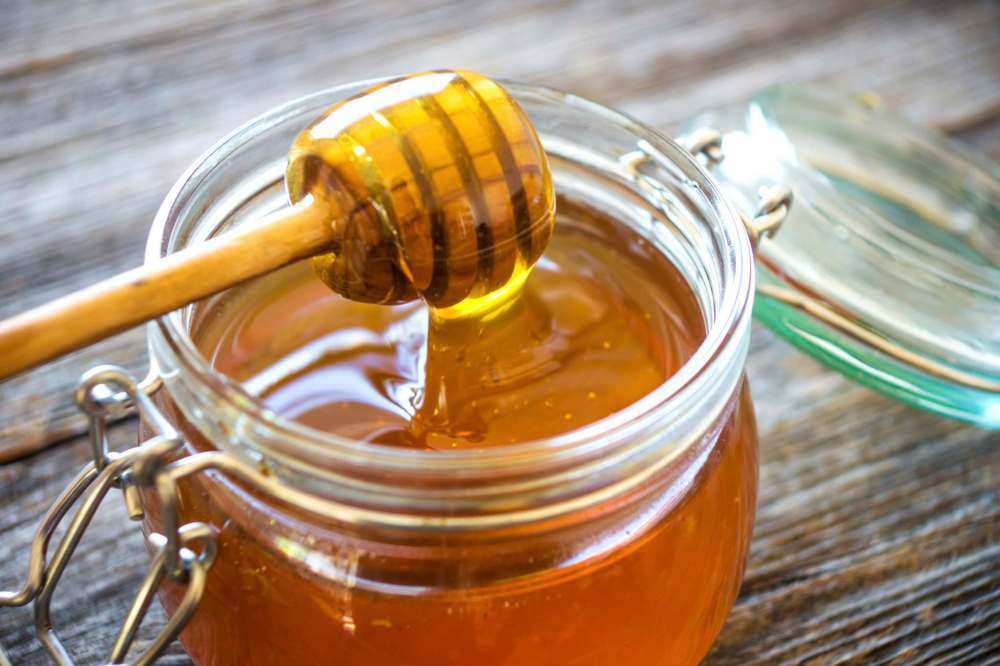Encourage kids to nibble nutrious foods
Advertisement
Read this article for free:
or
Already have an account? Log in here »
To continue reading, please subscribe:
Monthly Digital Subscription
$0 for the first 4 weeks*
- Enjoy unlimited reading on winnipegfreepress.com
- Read the E-Edition, our digital replica newspaper
- Access News Break, our award-winning app
- Play interactive puzzles
*No charge for 4 weeks then price increases to the regular rate of $19.00 plus GST every four weeks. Offer available to new and qualified returning subscribers only. Cancel any time.
Monthly Digital Subscription
$4.75/week*
- Enjoy unlimited reading on winnipegfreepress.com
- Read the E-Edition, our digital replica newspaper
- Access News Break, our award-winning app
- Play interactive puzzles
*Billed as $19 plus GST every four weeks. Cancel any time.
To continue reading, please subscribe:
Add Free Press access to your Brandon Sun subscription for only an additional
$1 for the first 4 weeks*
*Your next subscription payment will increase by $1.00 and you will be charged $16.99 plus GST for four weeks. After four weeks, your payment will increase to $23.99 plus GST every four weeks.
Read unlimited articles for free today:
or
Already have an account? Log in here »
Hey there, time traveller!
This article was published 29/08/2016 (3355 days ago), so information in it may no longer be current.
My granddaughter is four — “and next year I’ll be five!” — and so excited to start preschool this fall. What do mommy and daddy need to know about nutritious foods for Frances as she skips off to school?
Here’s a short quiz:

1. A child’s diet should:
A) Be devoid of sugar at all costs
B) Only contain beet or cane sugar
C) Be low in added sugar — less than 10 per cent of a child’s total daily calories.
Answer: C. The limit on added sugar equates to about 35 grams of sugar (or about 140 calories from sugar) a day. For comparison, a 12-ounce soda contains about 45 grams of added sugar. One tablespoon of grape jelly has about 14 grams.
Of note: A recent study at the Human Nutrition Research Center in Grand Forks, N.D., found undesirable health effects with excess sugar consumption, no matter what the source. This study tested the effects of excess table sugar (sucrose) which is 50 per cent glucose and 50 per cent fructose, high fructose corn syrup (45 per cent glucose and 55 per cent fructose) and honey, which is higher in fructose than glucose. That means parents need to keep a reasonable lid on all sweetened foods.
2. Young children need snacks because:
A) Their tiny tummies don’t hold a lot of fuel at one time
B) It’s hard for them to sit still long enough to finish a big meal
C) Food is a great distraction for long car rides.
Answers: A and B. Kids should learn to eat when they are hungry, not when they are bored.
3. Expect a child to need a snack:
A) At exactly 10 a.m. every morning
B) Whenever they get cranky
C) About two hours after a meal
Answer. C. Have scheduled yet flexible snack times for kiddos, say experts for the Academy of Nutrition and Dietetics Kids Eat Right initiative. Constant nibbling can ruin appetites for meals and set up a child for bad habits later on.
4. Smart grab-and-go single serve foods to keep on hand for lunches and snacks include:
A) nuts and dried fruit
B) yogurt
C) baby carrots
D) all of these
Answer: D.
5. Ways to encourage a child to nibble on nutrient-rich foods include:
A) Don’t let her have any of your junk food
B) Serve her fresh fruit and vegetables in kid-size pieces
C) Keep a snack drawer of healthier items and let her choose one for herself
Answers: B and C. Focus on healthier alternatives instead of being overly restrictive, says child feeding expert Keith Williams from Penn State Hershey Children’s Hospital. And don’t eat junk foods in front of your child unless you allow her to have some, too.
Barbara Quinn is a registered dietitian and certified diabetes educator.
— The Monterey County Herald

